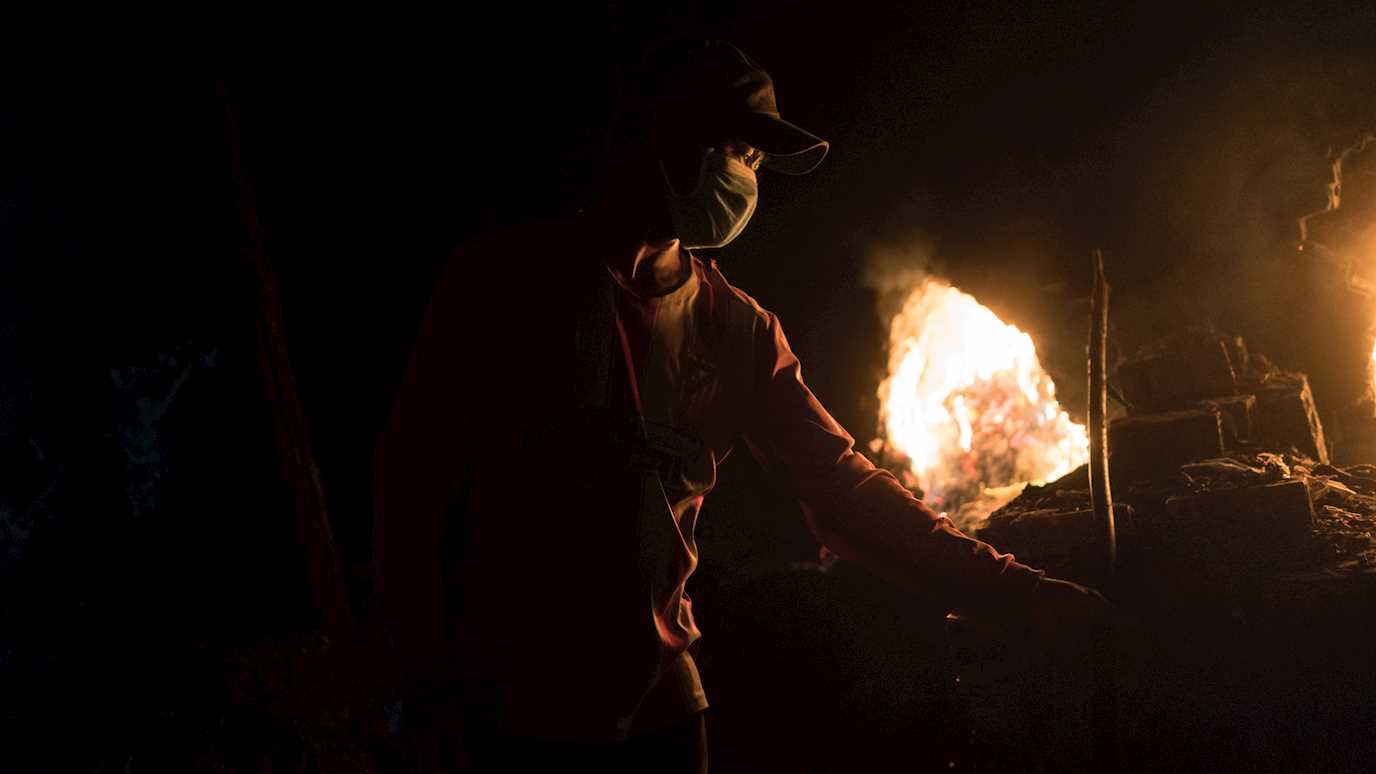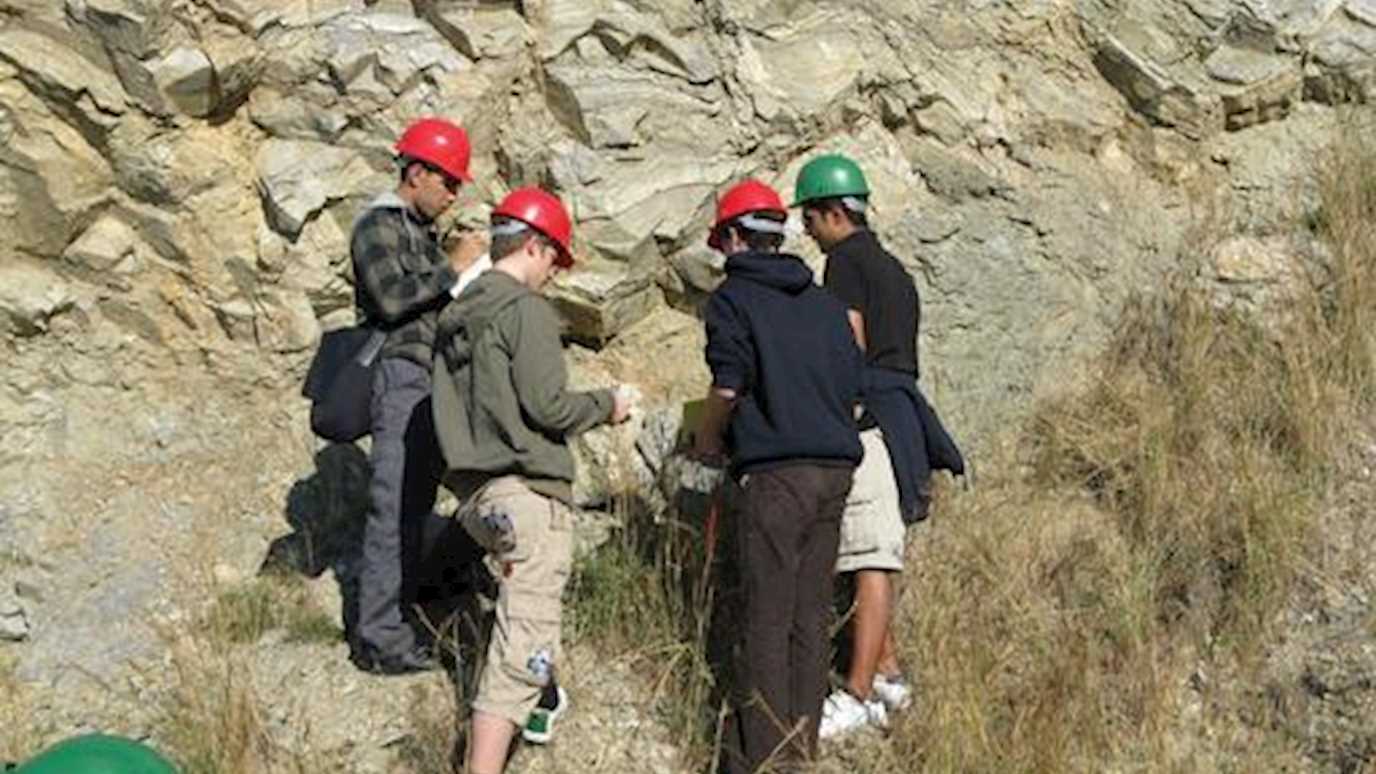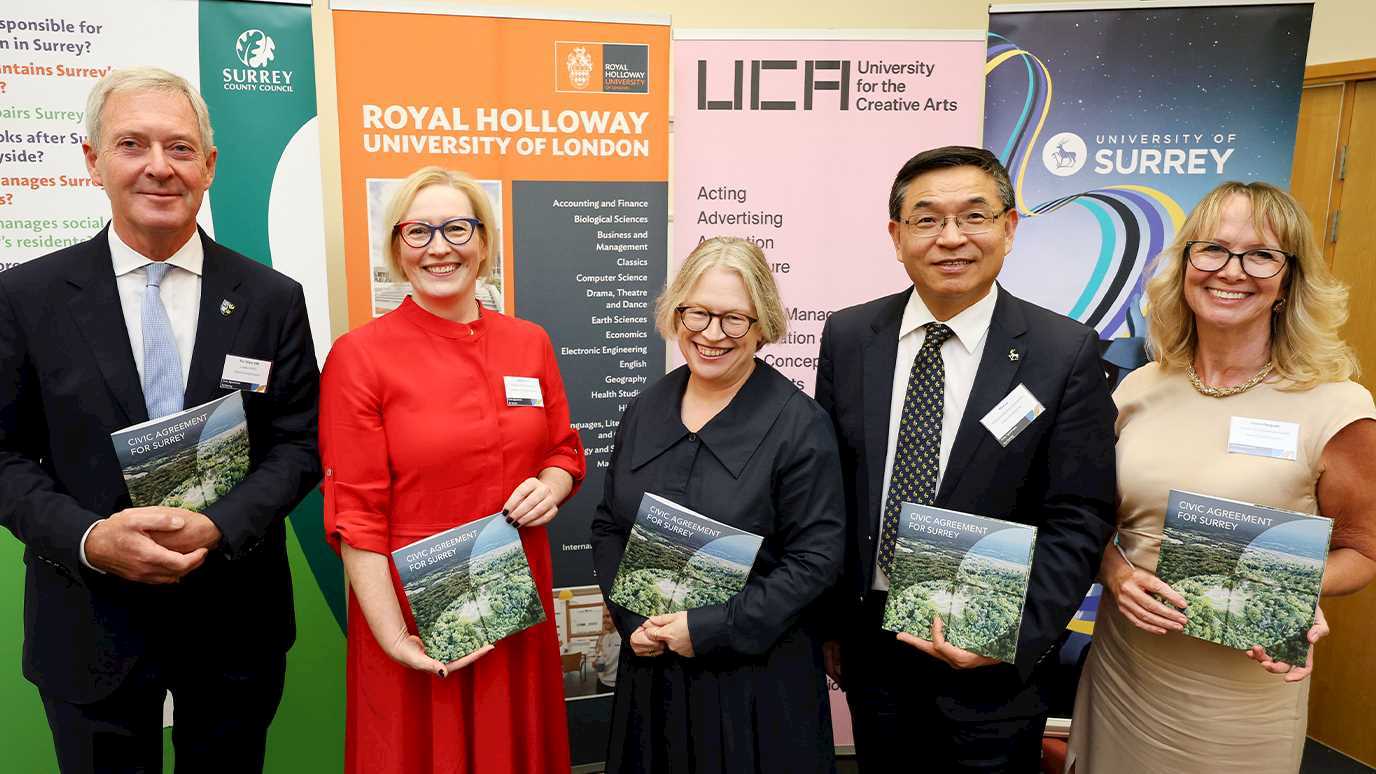The construction boom in Cambodia’s capital city, Phnom Penh, which is fuelled in part by British investment, is shown to be built on modern slavery, according to a new report by the ‘Blood Bricks’ project based at Royal Holloway, University of London.

The report, entitled ‘Blood Bricks: Untold Stories of Modern Slavery and Climate Change in Cambodia’, finds that bricks going into Phnom Penh’s burgeoning construction projects are made in brick kilns where modern slavery predominates. The report emerges from a wider project funded by Economic and Social Research Council (ESRC) and Department for International Development (DFID) entitled ‘Blood Bricks: Examining the Modern Slavery-Climate Change Nexus in the Cambodian Construction Industry’.
Phnom Penh’s rapid growth, funded in large part by the construction sector, has been widely lauded by the World Bank. Yet analysis in the report highlights how a number of high-profile construction projects across the city are built from bricks originating in kilns with modern slavery. Specifically, brick kilns supplying these sites are found to comprise primarily debt-bonded labourers, the most common form of modern slavery globally.
The report tracks the trajectory of these labourers back to the villages where they originated. It highlights how they began as indebted small farmers, and are forced to move to brick kilns to pay off rural debts driven by agricultural distress and climate change. Analysis further highlights the impacts of climate change in the form of unseasonal rains, causing floods and drought. Cambodia is often cited as one of the most climate-insecure countries in the world.
Analysis reveals how indebted families are forced to sell their debts to brick kiln owners, given the high-interest loans they are compelled to take on from the unregulated Cambodian microfinance sector. Once on the kilns, research highlights highly unsafe conditions and restricted mobility for workers. Forced to stoke raging kiln fires for days on end, adults and children often use manual machinery, with amputated limbs being a regular occurrence, along with exposure to the noxious gases of kiln smoke and brick dust.
Findings suggest that labouring families are forced to remain on kilns until their debts are repaid, and are unable to leave even when work on the kilns dies down in the off-season. Many remain there for decades. Workers are therefore shown to be working in conditions of modern slavery, defined as ‘the status or condition of a person over whom any or all of the powers attaching to the right of ownership are exercised’.
Coming ahead of National Anti-Slavery Day on 18 October 2018, the report offers policy recommendations for the UK Modern Slavery Act, UN Sustainable Development goals, and the Cambodian government.
Professor Katherine Brickell, lead author on the report, said: “This report highlights the complex and articulating factors that drive modern slavery in Cambodia’s brick kilns. It specifically sheds light on how the impacts of climate change work to exacerbate socio-economic deprivation and indebtedness in rural areas, forcing families on to brick kilns. We hope the report will go some way to breaking down the policy siloes between poverty, work, and climate change which exist in the Sustainable Development Goals”.
Urmila Bhoola, United Nations Special Rapporteur on contemporary forms of slavery, including its causes and consequences wrote in her foreword to the report that: “The report reinforces why decent work is a powerful protection against contemporary forms of slavery: It can alleviate poverty and provide security for people, allowing them to meet basic and other needs. Decent work also creates conditions under which workers can unionize and protect themselves and others against contemporary forms of slavery and other human rights abuses. Without safeguards like these, exploitative labour of the sort explored here remains deeply rooted and often hidden”.
An exhibition of photography from the report will be open to the public at The Building Centre, Store Street, London WC1E 7BT – 17-31 October 2018
Report downloadable from www.projectbloodbricks.org.

























